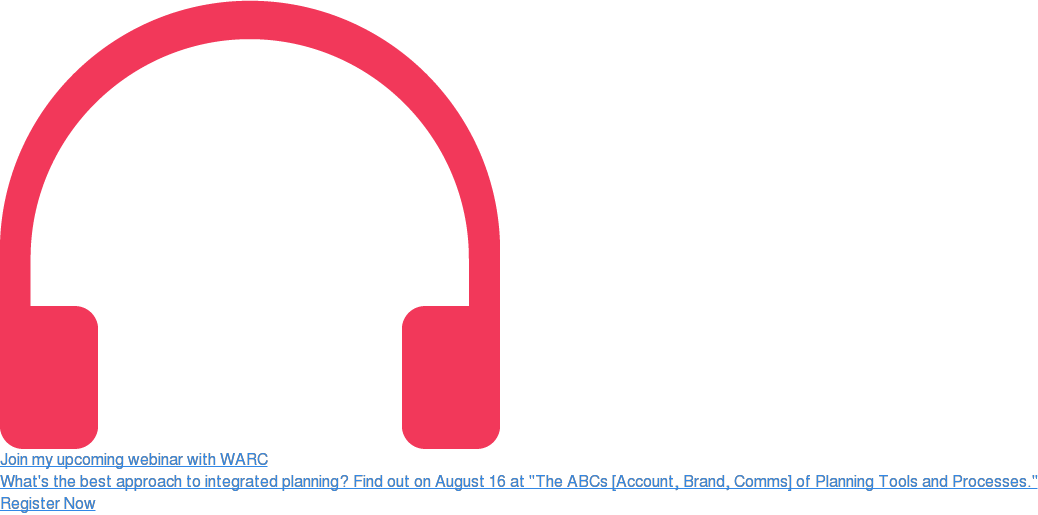It’s a well-known cognitive hack that the more you are exposed to something, the more likely you are to like it, but Faris Yakob thinks that brands need to get smarter about taking advantage of this.
Advertising and marketing have long been plagued with the language of war. The origins of strategy as the art of the general and overly quoted tomes like The Art of War have left linguistic fossils all over the industry – targeting, launch, campaign, guerrilla – but as fossils they hark back to a much older kind of war, one which is increasingly irrelevant.
In 2013, a new form with its own tools and language was sketched out in an obscure journal that made little impact at the time. Russian Chief of the General Staff Valery Gerasimov wrote an article for the Russian Military-Industrial Courier that outlined a new model that was less discrete. Known as 'non-linear war', it never starts or stops – and it operates as much inside the media as it does on the battlefield, taking advantage of the recent systemic changes in the media environment.
Fabled American think tank the Rand Corporation undertook a substantive analysis of the media aspects of this approach. Looking to understand the strategy and how it might be working, they dubbed it the "firehose of falsehood strategy" due to two of its defining features: "high numbers of channels and messages" and "a shameless willingness to disseminate partial truths or outright fictions". It is also rapid, continuous and repetitive. Clearly, this approach has been efficacious in changing the cultural discourse and seems to suggest a new playing field for communication. What can brands learn from it?
It is in part a function of the mediascape and of its technological framework. The ability to scale communications through the implementation of software across social platforms allows the hacking of trending topics, which informs journalists, which in turn trickles into the news. But beyond software, the principles of persuasion at play here are in fact well known. Aristotle pointed out in his Rhetoric that repetition is a highly effective linguistic tool for persuasion.
This has been validated by modern cognitive neurolinguistics. The mere-exposure effect means you are primed to like something more, the more you see it; and the illusory truth effect suggests the more often you hear something you know is a lie, the more likely you are to believe it. They both exploit specific cognitive hacks that come part and parcel with how our brains evolved to understand information. We have an innate tendency to prefer entities that we have previously encountered for the simple reason that they didn't kill us; but we didn't evolve the module in the age of media that could simulate that interaction. For your brain to parse a lie, it must first understand something as true; enough repetitions and your brain can corroborate the lie with its internal echoes of it.
For brands looking to communicate in this environment, certain maxims emerge. First, multichannel communication is key. Beyond the old media arguments of the multiplier effect, multiple different encodings corroborate and reinforce each other. Honing a singular message for a brand has long been a simplification tool for advertising agencies and creatives but endless and diverse propaganda messages don't dilute the brand – rather, they are a tool to combat the cacophony and target diverse audiences within it.
Brands should never lie – we hold ourselves to higher standards – but within the brand there lies a multiplicity of messages. As John Grant once wrote, humans are coherent – only liars are consistent. With many of these principles, frequency is key. Maintaining the firehose is crucial for its impact: rapid, continuous and repetitive is the cadence of social media. So whether you call it reach, volume, frequency, salience or share of voice – whatever and however you choose to measure it – as always, the initial job is attracting enough attention over time to make an impact on the minds of the many.
Once you do, then repetition, repetition, repetition is your fondest friend. Advertising folk tend to bore easily, especially with the stuff they are working on, but it takes a lot of repetitions to get something to stick. Coke's 'I'd Like to Teach the World to Sing' commercial ran consistently for a decade, and on and off around the world for decades more. Words work.


